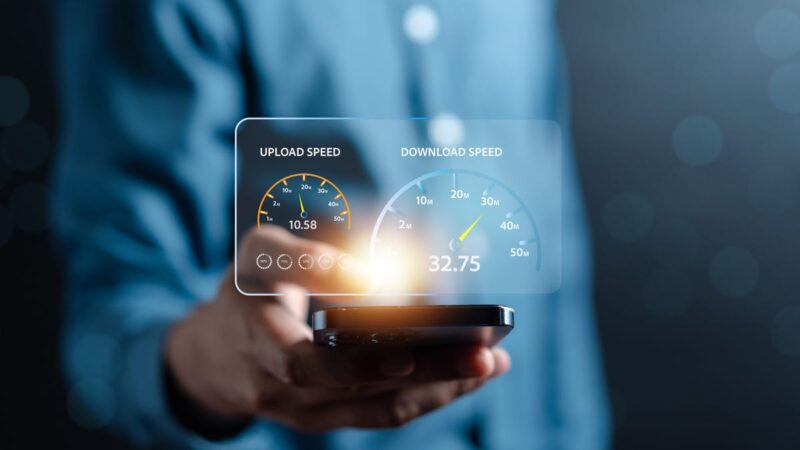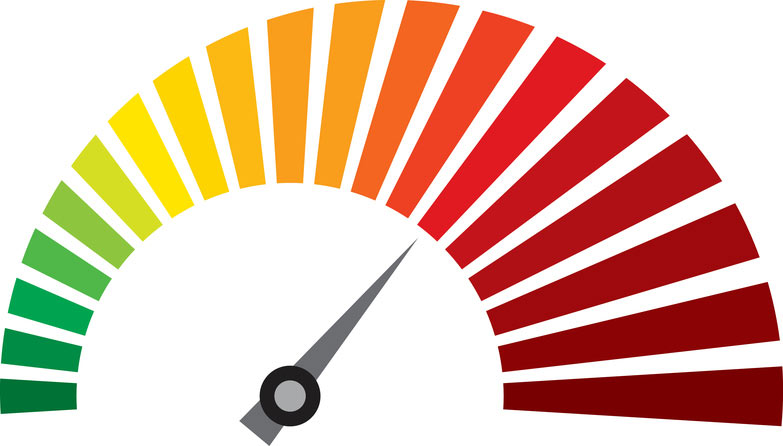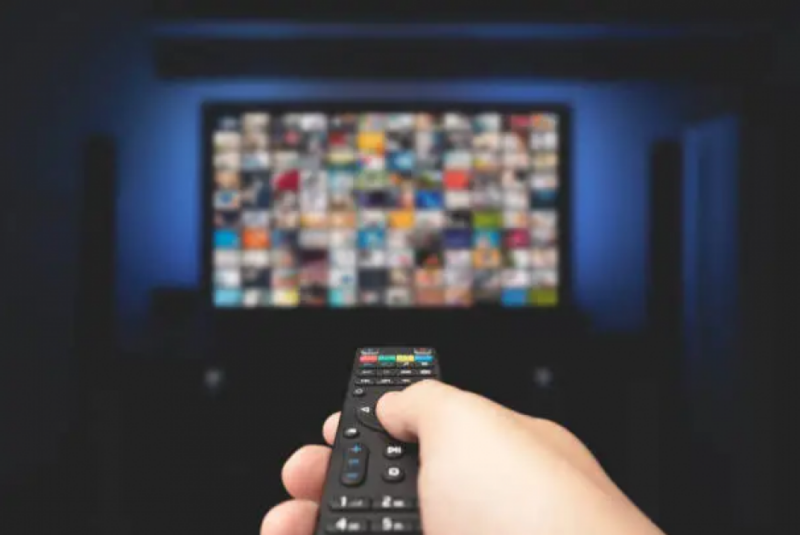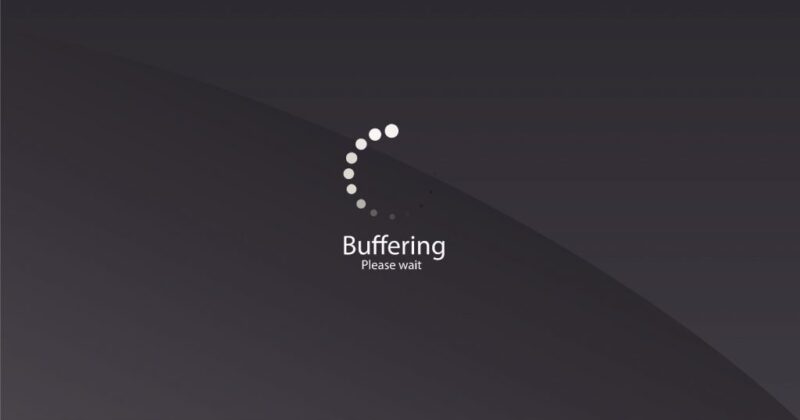Buffering during IPTV streaming is a common annoyance. It disrupts the flow of content, making the experience less enjoyable. Multiple factors can contribute to this issue, ranging from internet connectivity to hardware limitations. Exploring the primary causes can help identify solutions for a smoother streaming experience.
Internet Speed and Bandwidth

A stable internet connection is critical for IPTV streaming. If the connection speed is too low, buffering becomes unavoidable. High-definition and 4K content like that at NordicIPTV require substantial bandwidth and slow internet speeds cannot meet these demands.
Several scenarios can lead to insufficient bandwidth:
- Shared Connections: Multiple devices connected to the same network can strain bandwidth, especially during streaming, gaming, or large file downloads.
- Network Congestion: Internet service providers (ISPs) often face congestion during peak hours, which can reduce speeds for all users.
Streaming IPTV in HD typically requires a minimum of 10 Mbps, while 4K streams demand at least 25 Mbps. Regular speed tests using tools like Speedtest or Fast.com can determine whether internet speed is adequate for streaming needs.
Wi-Fi Limitations
Wi-Fi signals can weaken due to various factors, affecting the quality of IPTV streaming. Physical obstructions like walls or furniture, distance from the router, and interference from nearby networks can reduce signal strength.
Improving Wi-Fi performance involves several strategies:
- Positioning the router centrally to ensure better coverage.
- Using Wi-Fi extenders or mesh systems for larger spaces.
- Switching to the 5 GHz frequency band for faster speeds, though it has a shorter range.
For the most reliable connection, consider using a wired Ethernet cable, which eliminates the variability of wireless signals.
Device Performance
Streaming devices play a significant role in delivering IPTV content. Older devices or those with outdated software may struggle to handle modern apps and high-resolution streams. Processing limitations and insufficient memory can also contribute to buffering issues.
Regular maintenance can address many of these problems:
- Clearing the cache and closing unnecessary background applications.
- Ensuring that the device firmware and IPTV app are up to date.
- Upgrading to a newer streaming device with better processing power and compatibility with IPTV services, if necessary.
Throttling by Internet Service Providers

Some ISPs engage in throttling, where streaming speeds are deliberately reduced to manage network traffic. This practice can specifically target IPTV or other streaming services, leading to buffering despite otherwise adequate internet speeds.
Signs of throttling include:
- Smooth performance for non-streaming activities but buffering during IPTV use.
- Slowdowns that occur consistently during certain times of the day.
Using a Virtual Private Network (VPN) can help bypass throttling by encrypting internet activity and masking the nature of traffic. Alternatively, contacting the ISP to inquire about options for higher-speed plans may offer a more permanent solution.
IPTV Server Issues
The performance of IPTV streaming is heavily reliant on the provider’s server infrastructure. Overloaded or poorly maintained servers can lead to buffering, even when the internet connection and device are functioning properly.
Indications of server-related issues include:
- Persistent buffering that occurs regardless of internet speed or hardware quality.
- Inconsistent availability of channels or streams.
Addressing this requires contacting the IPTV provider for updates or switching to a service with a reputation for reliable servers and better customer support.
App Configuration
Many IPTV apps come with settings that can be adjusted to optimize performance. Poorly configured settings may result in buffering, especially if the video resolution or buffering thresholds are set incorrectly.
Common adjustments include:
- Reducing the streaming resolution from 4K to 1080p or 720p to lower bandwidth requirements.
- Increasing buffer size within the app to allow for smoother playback during minor interruptions.
Experimenting with these settings can provide noticeable improvements in performance.
When to Seek Support

Persistent buffering that remains unresolved after basic troubleshooting may require professional assistance. Contacting the IPTV provider or ISP can help identify underlying technical issues or confirm whether upgrades or repairs are necessary.


